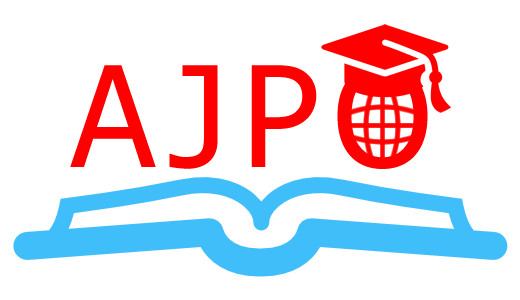Crafting a Winning Book Proposal for AJPO Journals: Tips and Tricks
Have you ever dreamt of sharing your expertise with a wider audience through a published book? If so, you’re not alone. Many scholars and writers aspire to see their work in the pages of reputable academic journals like AJPO (Academic Journal of Professional Organizing). But how do you make sure your book proposal stands out and impresses the discerning editors at AJPO? In this blog post, we will explore essential tips and tricks for crafting a book proposal that will leave a lasting impression and increase your chances of getting published in AJPO Journals.
1. Understand the Journal’s Guidelines
Before diving into the process of creating your book proposal, it’s crucial to familiarize yourself with AJPO’s specific guidelines and requirements. Each journal may have its own set of expectations when it comes to book proposals, so carefully review their submission guidelines, formatting preferences, and any specific themes or topics they are currently interested in. This initial step demonstrates your commitment to professionalism and attention to detail, setting the stage for a positive first impression.
2. Develop a Compelling Book Concept

AJPO Journals receive numerous book proposals, so your proposal needs to capture their attention from the start. Begin by brainstorming and refining your book concept. Consider the unique contribution your book will make to the field of professional organizing. What gap in the existing literature will it fill? How will it benefit readers? Craft a clear and concise book concept that succinctly conveys the essence of your work, making it irresistible to the journal’s editors.
3. Outline Your Book’s Structure and Contents

Once you’ve defined your book’s concept, it’s time to outline the structure and contents. Provide a detailed table of contents and chapter summaries to showcase your book’s organization and content. Be sure to highlight key themes, research methods, and any innovative approaches you plan to incorporate. AJPO editors will appreciate a well-thought-out plan that demonstrates the feasibility and depth of your project.
4. Emphasize Your Qualifications

In this section of your proposal, focus on showcasing your qualifications and expertise as the author. Highlight your relevant research experience, publications, and any previous contributions to the field of professional organizing. Explain why you are uniquely positioned to write this book and why readers should trust your insights. AJPO Journals are more likely to be impressed by an author who not only has a compelling idea but also possesses the credibility and expertise to execute it effectively.
5. Write a Persuasive Query Letter
In addition to your book proposal, don’t forget to include a persuasive query letter. Use this letter as an opportunity to convey your enthusiasm for the project, your alignment with AJPO’s mission, and your willingness to collaborate with the journal’s editorial team. Personalize your query letter to show that you’ve done your research and genuinely believe your book is a great fit for their publication. Crafting a book proposal that impresses AJPO Journals is a challenging but rewarding endeavor. By understanding the journal’s guidelines, developing a compelling book concept, outlining your book’s structure, emphasizing your qualifications, and writing a persuasive query letter, you can greatly increase your chances of catching the attention of AJPO’s editors. Remember that persistence and perseverance are also key factors in the publishing process. Keep refining your proposal, seek feedback, and don’t be discouraged by rejection. With dedication and these essential tips and tricks, your dream of becoming a published author in AJPO Journals can become a reality. Good luck!
